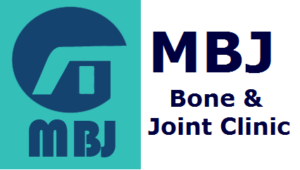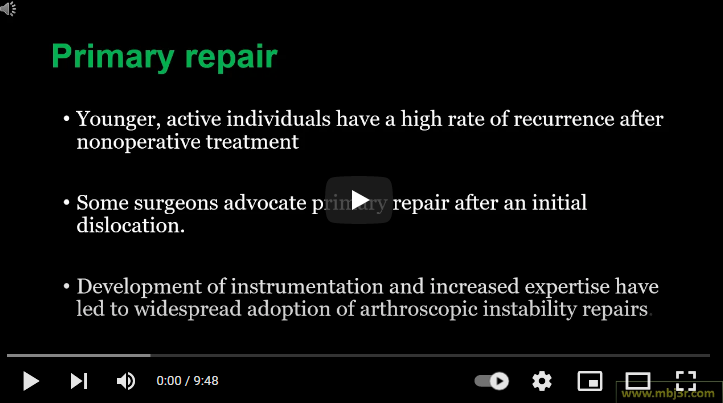

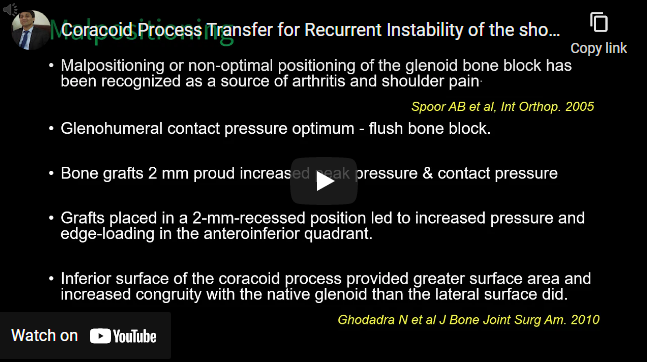
Recurrence of instability is glenoid bone loss ≥30% bone loss in the glenoid need bone graft Bone defect involving > 21% glenoid decreases force required to subluxation Latarjets procedure increases the stability by restoring the AP diameter, sling effect to support the anteroinferior aspect of the capsule and dynamic contraction of the conjoined muscles Screw in the coracoid process is…
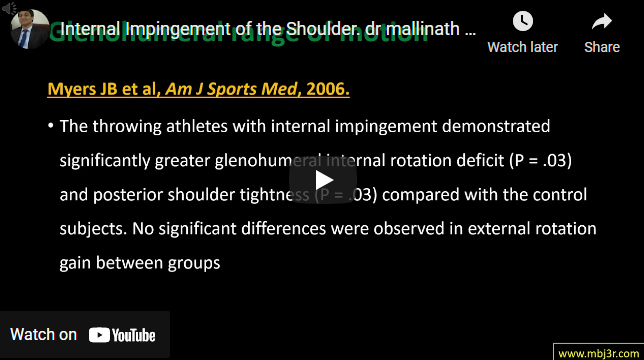
Pathologic contact between margin of posterior glenoid and posterior rotator cuff tendons Affects overhead athletes, Arm in full external rotation and abduction of at least 90°. Associated Pathologic Conditions include Increased glenohumeral external rotation, Increased humeral head and glenoid retroversion, Anterior capsular laxity, Posterior capsular contracture, Partial and full-thickness rotator cuff tears, Anterior and posterior capsular injury, Labral tears, glenoid…
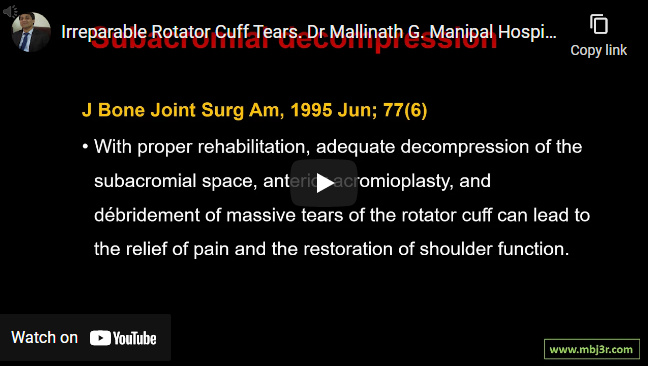
Increases with advancing age Tear enlargement, fatty infiltration of the muscles, degenerative changes in the glenohumeral joint For irreparable tears, treatments range in complexity from simple joint debridement to reverse shoulder replacement Joint preserving : Subacromial decompression, tuberoplasty, and biceps tenotomy/tenodesis Isolated arthroscopic biceps tenotomy or tenodesis improves symptoms in patients with massive irreparable rotator cuff tears Latissimus dorsi tendon transfer :…
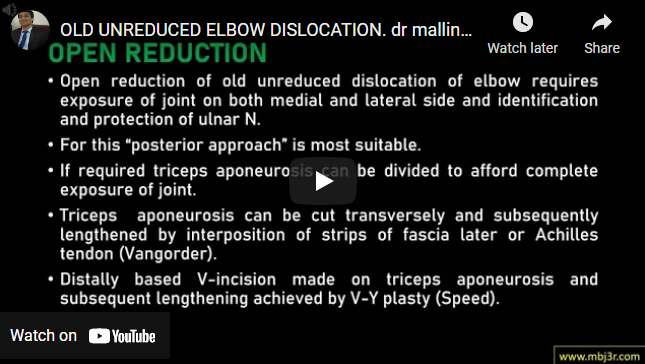
Elbow dislocations are classified according to position of ulna & radius in relation to the distal humerus Post- dislocation account for 80-90% of all dislocations Fall backward on arm with elbow in flexed position with Forearm supinated is most common mechanism Extensive myositis ossificans around joint esp. in brachialis & triceps brachi muscles, Marked shortening of triceps muscle, Shortening of…
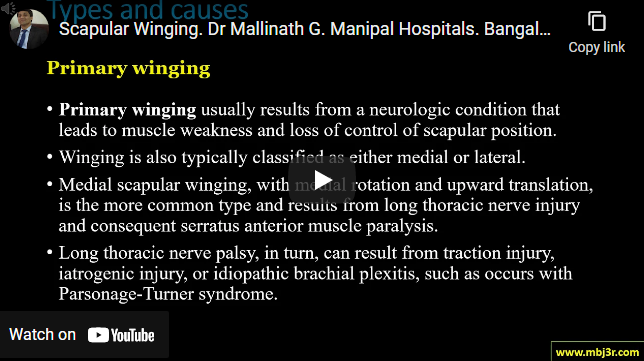
Present with varying degrees of shoulder pain, loss of motion, weakness, and scapular deformity Electromyography (EMG) is the definitive study to evaluate for scapular winging originating from muscular or neurologic abnormalities Primary winging : medial(long thoracic nerve injury) or lateral(spinal accessory nerve injury) secondary winging : intrinsic glenohumeral conditions (e.g., rotator cuff pathology and glenohumeral instability) that disrupt scapular motion…
